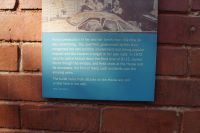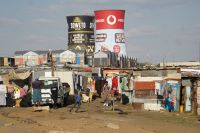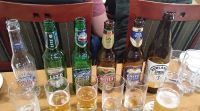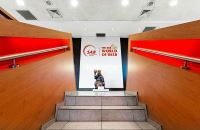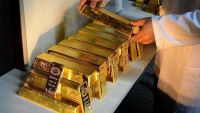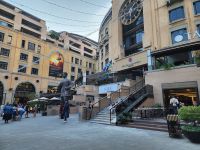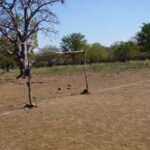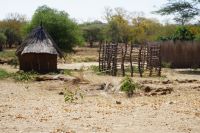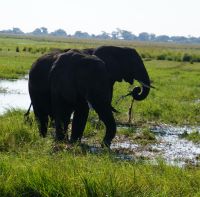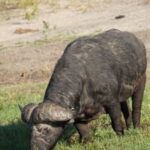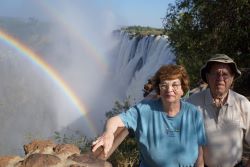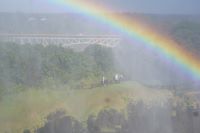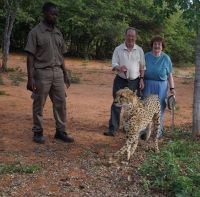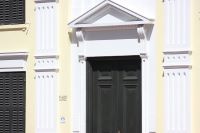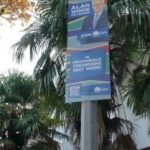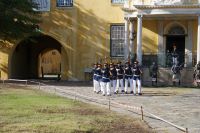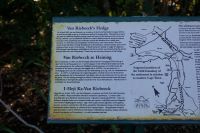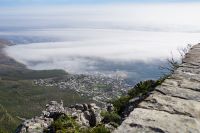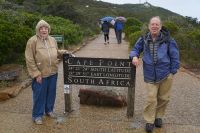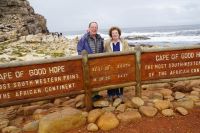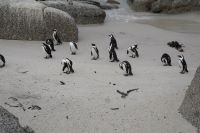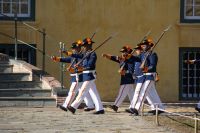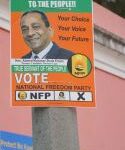 Carolyn insists that a game drive is “like a box of chocolates,” but after six drives at Sabi Sabi (not counting the ride to Skukaza airport which went through the Sabi Sands game preserve, which resembled another one), I’m not entirely persuaded.
Carolyn insists that a game drive is “like a box of chocolates,” but after six drives at Sabi Sabi (not counting the ride to Skukaza airport which went through the Sabi Sands game preserve, which resembled another one), I’m not entirely persuaded.
Her point is that “You never know what you’re going to see.” I think that’s one of the best things about game drives. On that topic, I’m a “chocoholic.” Any animal you see (that you don’t see at home in the wild) is chocolate. And you always see something.
Carolyn was right: you never know what you’re going to see, or where you’re going to see it. Sabi Sands, a huge game reserve that’s adjacent to Kruger National Park is known for its abundant leopard population, even though it’s a pretty solitary animal. We chanced upon one that was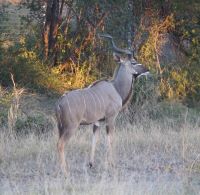 sauntering along the road, heedless of the safari
sauntering along the road, heedless of the safari  vehicle. We experienced another advantage of being in a private reserve when heading back in the dark, we spotted a leopard bent on something. And we followed through
vehicle. We experienced another advantage of being in a private reserve when heading back in the dark, we spotted a leopard bent on something. And we followed through 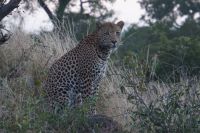 the bush until the leopard stopped for a drink in a pond just outside the warden’s fence.
the bush until the leopard stopped for a drink in a pond just outside the warden’s fence.
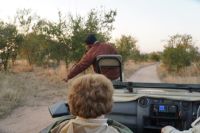 In Sabi, a crew of two mans the Land Cruisers. One is the driver, driving on mostly unpaved roads (at best). In a seat in front sits the “tracker” (another childhood dream), scanning for signs of wildlife. Our tracker, with a spotlight, saw a chameleon about 50 feet away in the dark and brought him back to show
In Sabi, a crew of two mans the Land Cruisers. One is the driver, driving on mostly unpaved roads (at best). In a seat in front sits the “tracker” (another childhood dream), scanning for signs of wildlife. Our tracker, with a spotlight, saw a chameleon about 50 feet away in the dark and brought him back to show 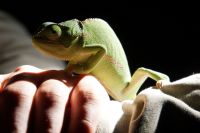 us. The tracker also helped the driver as we set to follow the leopard in the dark over hill and dale.
us. The tracker also helped the driver as we set to follow the leopard in the dark over hill and dale.
 I did take a nature walk, accompanied by two of the driver/rangers, armed with an elephant gun and five bullets (that’s what it takes to kill a rogue elephant), where they showed us plants, including the amarula tree that produces a liqueur that is a match for
I did take a nature walk, accompanied by two of the driver/rangers, armed with an elephant gun and five bullets (that’s what it takes to kill a rogue elephant), where they showed us plants, including the amarula tree that produces a liqueur that is a match for 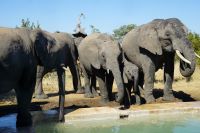 Bailey’s. Elephants like the pulp of the fruit, too, and will trample the area under the female tree—it’s the only one that produces the fruit—in their enormous appetite for almost everything green (we examined elephant and rhino poop and compared what they’d eaten).
Bailey’s. Elephants like the pulp of the fruit, too, and will trample the area under the female tree—it’s the only one that produces the fruit—in their enormous appetite for almost everything green (we examined elephant and rhino poop and compared what they’d eaten).
The “chocolate” included hyenas, jackals, the African civet cat, the genet—I think you get the picture.
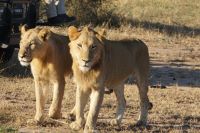 But the reason I think it’s not like a box of chocolate is because you can’t “eat” the box, but you can certainly devour the outdoors. The bush, dry in winter, extends across the horizon as far as you can see. So even if you don’t spot the big five, you’re left with an awesome sight.
But the reason I think it’s not like a box of chocolate is because you can’t “eat” the box, but you can certainly devour the outdoors. The bush, dry in winter, extends across the horizon as far as you can see. So even if you don’t spot the big five, you’re left with an awesome sight.
Then, too, the packaging at Sabi Sands includes the lodges. Well known for their luxury, we were at one that was top of the line-the Earth Lodge. Featured in National Geographic’s list of unique lodges, the individual 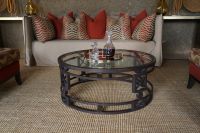 rooms were billed as being “the Future.” Dug into the earth, and covered over with dirt, creating a cave-like effect, the earth tones inside were fitting in well with the environment. We had the Presidential Suite, which was so big that I think the whole presidential party, including the foreign service, could have fit in it. Two
rooms were billed as being “the Future.” Dug into the earth, and covered over with dirt, creating a cave-like effect, the earth tones inside were fitting in well with the environment. We had the Presidential Suite, which was so big that I think the whole presidential party, including the foreign service, could have fit in it. Two 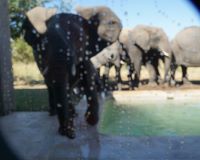 bathrooms, a full kitchen, a study, a living room, with really nice touches inside. The most impressive, to us, was a pool in front of the bedroom window where elephants came to drink at all hours. As we watched, several playfully (I hope) sprayed our windows before they went on their way.
bathrooms, a full kitchen, a study, a living room, with really nice touches inside. The most impressive, to us, was a pool in front of the bedroom window where elephants came to drink at all hours. As we watched, several playfully (I hope) sprayed our windows before they went on their way.
So, yes, Carolyn, it’s like a box of chocolate, but better. And now we have to figure out how to leave Earth Lodge and come back to Earth and Bloomington Illinois.
